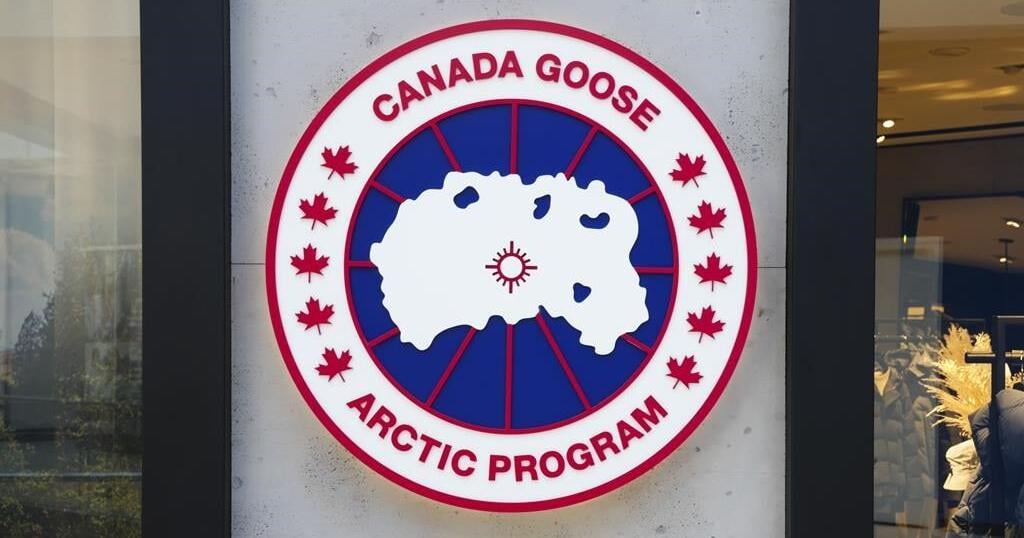(Bloomberg) — Saudi Arabia, Russia and other large oil producers are racing to negotiate a deal to stem the historic price crash as diplomats said some progress was made on Sunday.
The talks still face significant obstacles: a meeting of producers from OPEC+ and beyond — delayed once — is only tentatively scheduled for Thursday. Russia and Saudi Arabia want the U.S. to join in, but U.S. President Donald Trump has so far shown little willingness to do so.
Oil diplomats are trying to stitch together a meeting of G20 energy ministers for Friday, as part of the effort to bring the U.S. on board, according to two people familiar with the situation.
Crude prices have fallen 50% this year, as the economic effects of the pandemic have knocked out about a third of global demand. The price crash is so dramatic that it’s threatening the stability of oil-dependent nations, the existence of U.S. shale producers, and poses an extra challenge to central banks.
Even the International Energy Agency, which represents nations that consume oil, is calling for action. And oil officials know that if a deal to cut output in an orderly way isn’t reached, the slump in prices will force some producers to shut down operations as storage on land and at sea is filling up.
The aim of talks, first revealed by Trump last week, is to cut oil production by about 10% — the biggest ever coordinated reduction. Oil rallied on Trump’s comments last week, but then pared those gains as the diplomatic intricacies became clearer.
Cut Together
Saudi Arabia and Russia both say they want the U.S., which has become the world’s largest producer thanks to the shale revolution, to join the cuts. But Trump had only hostile words for OPEC on Saturday, and threatened tariffs on foreign oil.
“If the Americans don’t take part, the problem which existed before for the Russians and Saudis will remain — that they cut output while the U.S ramps it up, and that makes the whole thing impossible,” said Fyodor Lukyanov, head of the Council on Foreign and Defense Policy, a research group that advises the Kremlin.
It’s not clear if Russia and Saudi Arabia will require the U.S. to publicly commit to cut production — a challenge in the private, fragmented American industry — or if a compromise gesture would be enough. Alexander Dynkin, president of the Institute of World Economy and International Relations in Moscow, a state-run think tank, said Moscow would like the U.S. to lift some sanctions as a compromise.
Russia and Saudi Arabia — which sparred publicly between themselves over the weekend — have also disagreed about how they would calculate the cuts, according to a person familiar with the talks.
But in another sign of progress, Norway — which hasn’t joined any production cuts since 2002 — signaled over the weekend it was ready to reduce unilaterally its output if others did. And a senior official from the oil-rich Canadian province of Alberta said it will dial into the oil meeting this week. Iraq’s oil minister said he was optimistic about a deal.
Any agreement will require diplomatic agility at a time when nations are devoting massive resources to fighting the pandemic itself. It’s also a battle of wills between Putin, Saudi Crown Prince Mohammad bin Salman, and Trump. On all sides, there are maneuvers to avoid blame if negotiations fail.
Trump said Saturday at a White House press briefing he’s opposed OPEC his whole life, and characterized it as a cartel, or monopoly. “I don’t care about OPEC,” he said. He threatened to use tariffs if needed to protect the domestic oil industry, even as he predicted that Saudi Arabia and Russia would come to an agreement.
Meanwhile Saudi Arabia postponed its monthly price-setting event for exported oil. Saudi Aramco’s official selling prices for May will be pushed to Thursday, according to people familiar with the situation. The OPEC meeting has also been tentatively rescheduled for Thursday.
The move allows the company to have a better idea of how negotiations are going before setting the prices that are its key weapon in its battle for market share. Last month, it also delayed the event in the midst of wrangling at OPEC+ and responded to the breakdown in those talks with a historic price cut — launching the price war negotiators are now trying to unravel.
(adds G20)
<p class="canvas-atom canvas-text Mb(1.0em) Mb(0)–sm Mt(0.8em)–sm" type="text" content="For more articles like this, please visit us at bloomberg.com” data-reactid=”29″>For more articles like this, please visit us at bloomberg.com
<p class="canvas-atom canvas-text Mb(1.0em) Mb(0)–sm Mt(0.8em)–sm" type="text" content="Subscribe now to stay ahead with the most trusted business news source.” data-reactid=”30″>Subscribe now to stay ahead with the most trusted business news source.
©2020 Bloomberg L.P.































